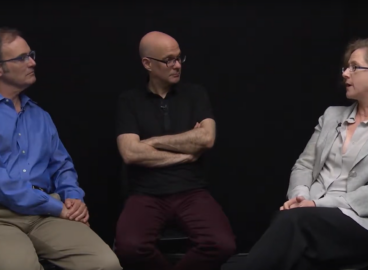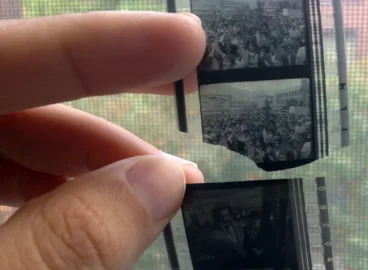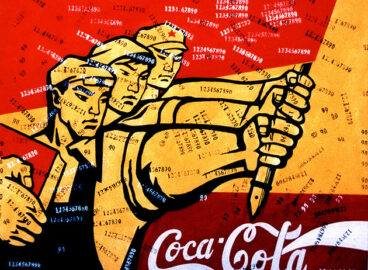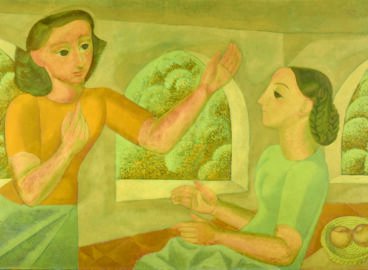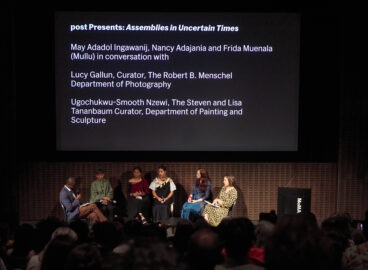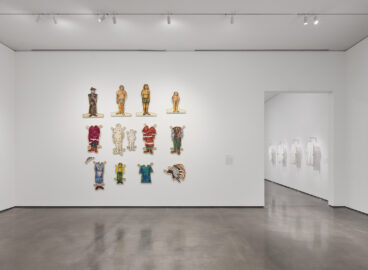After presenting during a C-MAP Latin America session at MoMA, artist Catalina Parra joined independent critic and curator Julia Herzberg for a conversation about her work. Herzberg, long-time researcher of Parra’s production, conducted an interview that went from politics to education and from Chile to Germany, with occasional stops in New York and Buenos Aires. Art under dictatorship, Fluxus, and Feminism seem to coalesce in Parra’s pieces, some of which are discussed in detail during this encounter that we now share with post readers.
Julia Herzberg in conversation with Catalina Parra
December 4, 2015
